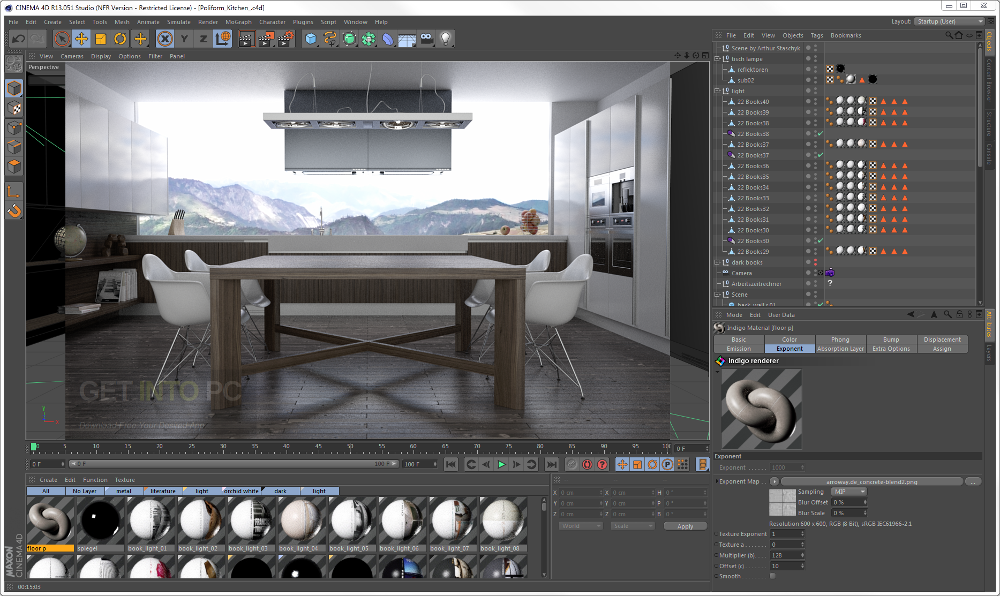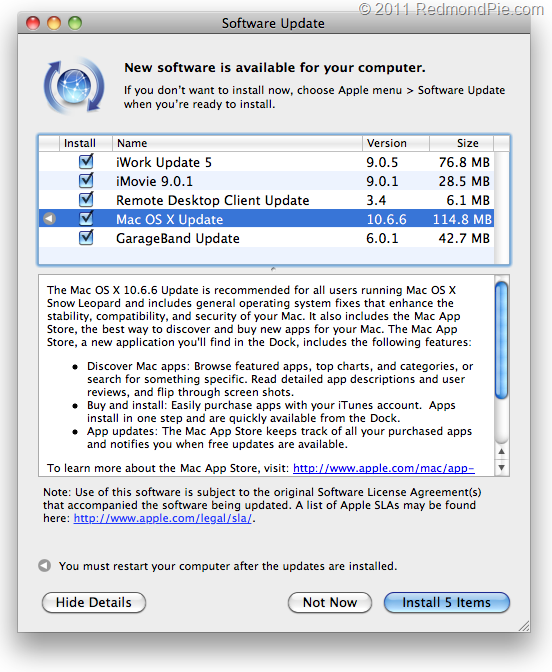Mac OS X Snow Leopard 10.6 dmg for Mac download free offline setup. A smooth and very interactive operating system with numerous features. We are providing the facility to install the standalone setup of Mac OS X Snow Leopard 10.6 full version with a direct link. Download Snow Leopard Mac OS X 10.6.8 for free. Android File Transfer Is Only A Dmg File Mac Os X Snow Leopard 10.6 10a432 Retail Dmg How To Download Os X Mojave Dmg App Store Free Download Dmg Extractor Full Version Os X Mavericks Dmg To Usb Mac Os Locate Yosemite Dmg Adobe Acrobat Pro Dc V2015.dmg Installesd Dmg.pkg To Usb.
- Mac OS X Install DVD 10.6.3.dmg (6.43 GB) Choose free or premium download SLOW DOWNLOAD. FAST INSTANT DOWNLOAD.
- Download Mac OS X Snow Leopard v10.6 free latest standalone offline DMG image setup for Macintosh. Final Apple Mac OS X Snow Leopard 10.6 is a powerful Mac Operating System with various new features and many enhancements.

Os X 10.6 6 Dmg Price
What is (Beta 10A190) Mac OS 10.6 Snow Leopard PowerPC? Back in the late transition days from PPC to Intel Apple had to eventually cut the rope for PPC. When early reports of developer beta builds of Snow Leopard surfaced, Apple neither clarified nor commented on the further PPC support of OS X beyond Leopard. But when the golden master was handed out it was clear — and communicated by then — that support for PPC was finally dropped. Things rested for years at that point (at least to my knowledge; Apple engineers knew better for sure). Then, mid-March 2020 I was hinted to a tweet by tesco@system2048 who posted a screenshot of a working SL-PPC This information sourced from this MacRumors thread: https://forums.macrumors.com/threads/snow-leopard-on-unsupported-ppc-machines.2232031/ The easy way:Below, the file PPC_SL_10A190.dmg is a bootable disk image of a system just after successful installation. Simply restore this image to a disk or partition using Disk Utility, and you can boot into the first time setup of a working Snow Leopard PPC install. Note that you will need to select 'erase destination' when doing the restore from the DMG file to ensure that the image is properly bootable. For more information, watch the 6 minute video walkthrough of the process above. The advanced way:Obviously, a PowerPC machine is pre-requisite. A copy of a developer build of 10.6 (server or client) will be needed, in addition to a handful of original kernel extensions from 10.5.8, a USB drive (or even better, a firewire hard disk), and a helper system in form of a Mac capable of running 10.6 out-of-the box (e.g., MacBook 1,1 to 4,1, etc.). Generally, G4 and G5 machines capable of booting from external USB or Firewire drives should be able to install 10.6 Initial patches to set up working installer media This shell script will patch the installer to boot properly: https://github.com/julian-fairfax/osx-sl-patcher 10.6_snowleopard_10a190_clientdvd.iso(7533.72 MiB / 7899.68 MB) / ISO image 173 / 2020-05-01 / 65097453a0b028293a41067b4e0b7d9f8bc14efc / / PPC_SL_10A190.dmg(3254.47 MiB / 3412.56 MB) Bootable DMG image of an installed system / DMG image 310 / 2020-05-13 / 3b4b1504373ea8f29c99b9f3bb7933348fb7527b / / Architecture
Emulating this? It should run fine under: QEMU |
Os X 10.6.6 Download


Like the original poster, I've found a number of machines that require a Snow Leopard installer higher than what may be available (since the owners of those machines have invariably lost their discs and/or have bricked their optical drives). My method (and I will freely admit this was not my original idea) is to use a disk image of a 10.6.8 working HD that has not yet been through the personalization. I 'restored' this image to a few destinations—a toolkit, of sorts—a USB hard drive, FireWire HD, USB flash drive, and even a SDHC card. Then I went through the personalization with each one. Finally, I copied the original disk image (as a .dmg) to these destinations. Obviously, you need something like a 16GB flash drive or SDHC card.
I can then boot the intended 'target' machine using one of these devices and use Disk Utility to restore the 'virgin' 10.6.8 disk image to the machine's hard drive. With a FireWire machine, however, it's often easier to boot the target machine in target disk mode, plug it into my iMac, and do the restore from there.
As a side benefit, there are very few software updates then required.
-----
Two things in this world aren't overrated: MacOSX and Lemon Meringue Pie.